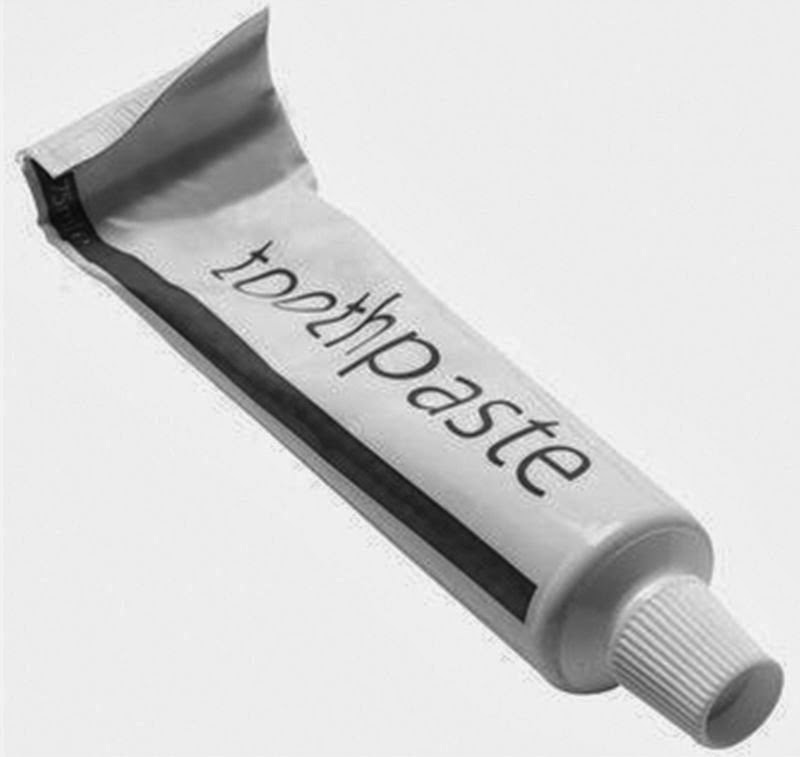The true value of an Olympic GOLD medal
If the Olympic gold medal was made of real gold, it would be worth a small fortune.
A gold medal is typically the medal awarded for highest achievement in a non-military field. Its name derives from the use of at least a fraction ofgold in form of plating or alloying in its manufacture. The award concept arose in the military, initially by simple recognition of military rank, and later by decorations for admission to military orders dating back to medieval times.
While most gold medals are solid gold, notable exceptions are gold-plated and often silver-gilt, like those of the Olympic Games, the Lorentz Medal, the United States Congressional Gold Medal (displayed below) and the Nobel Prize medal. Nobel Prize medals consist of 18 carat green gold plated with 24 carat gold. Before 1980 they were struck in 23 carat gold.
Gold Medal Value The 2012 London Olympics will have the largest medals in summer Olympic history. Weighing in at roughly 400g, medals will be seven millimeters thick and approximately 85mm in diameter. Previously, the largest summer Olympic medals were from 1992 when Barcelona, Spain hosted the event. The Spain medals had a weight of 231g, were nearly 10mm thick and had a diameter of 70mm. The largest Olympic medals in diameter were the 2006 Turin Olympic medals. They sported a unique design featuring a hole in the center of the medal, similar to the Olympic ring. As a result, the medals were roughly 107mm in diameter. The medals from the last summer games, held in Beijing, were 200g, six millimeters thick and 70mm in diameter. Unfortunately, the 400g London gold medals are not entirely made of gold.
The silver medal is truer to form, containing 92.5% silver and the rest copper. The bronze medal is 97% copper, 2.5% zinc and 0.5% tin.
The International Olympic Committee requires the gold medal to contain a minimum of six grams of gold and roughly 92.5% silver. The composition of the London gold medal is made up of approximately 92.5% silver, 1.34% gold and 6.16% copper. With gold prices fluctuating around $1,590 per ounce (28.35g), the cost of the required six grams of gold alone equals almost $337. The estimated cost of the 2012 London gold Olympic medal is around $700, making the medal one of the most expensive in Olympic history. A major impact in the high cost is the rising price of precious metals over the recent years. Had the medals been made entirely out of gold, with he current market value, they would cost over $22,000. With about 300 gold medals soon to be awarded at the 2012 Olympic Games, the cost, had the medals been pure gold, would be near $6.6 million. This is substantially more than the approximate $210,000 the actual gold medals will cost to manufacture.
The last time an Olympic medal was made entirely out of gold was in 1912 at the Stockholm, Sweden summer Olympics. At the time, the average price for one ounce of gold was roughly $18.93 and the weight of the 1912 Stockholm Olympic gold medal was about 24g (0.85 ounces). The cost of a solid gold Olympic medal was approximately $16 in 1912. Even adjusting for inflation, the cost would be around $350 or half the cost of the London Olympic gold medal.
Why Gold Medals? Olympic medals have not always been gold. At the first modern Olympic games in 1896, the medals awarded to the first place team were silver and the runner-up received a copper medal. In the next set of summer Olympics in 1900, many of the winners received trophies and cups in place of medals. It was not until 1904 when gold, silver and bronze medals started being awarded to competitors. Each Olympic city hosting the games decides on a unique medal design. The 2012 London Olympic medals were designed by David Watkins and feature the Greek Goddess of Victory, Nike.
The Bottom Line The London Olympic medals were produced by the Royal Mint headquarters in Llantrisant, South Wales. Each medal is pressed 15 times with 9,000 tonnes of weight. The entire process takes around 10 hours per medal. Even though the medals are not entirely gold, the process to manufacture is no less grueling. The athletes to place first from July 27 to Aug. 12, 2012 will still feel that the reward is worth much more than its weight in gold.







Comments
Post a Comment